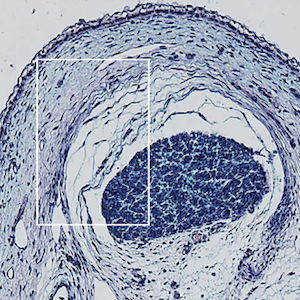Clinical utility of lung ultrasound for the detection of interstitial lung disease in patients with rheumatoid arthritis
All claims expressed in this article are solely those of the authors and do not necessarily represent those of their affiliated organizations, or those of the publisher, the editors and the reviewers. Any product that may be evaluated in this article or claim that may be made by its manufacturer is not guaranteed or endorsed by the publisher.
Authors
Objective. To establish the diagnostic value of lung ultrasound (LUS) in patients with rheumatoid arthritis (RA) for the detection of interstitial lung disease (ILD).
Methods. A cross-sectional study was performed. Consecutive patients with RA (American College of Rheumatology/European League Against Rheumatism 2010 criteria) who had a chest high-resolution computed tomography (HRCT) performed within 12 months before inclusion, regardless of symptomatology, were included. Demographic, clinical, laboratory, and pharmacological data were recorded. Each patient underwent a LUS with assessment of B-lines (BL) and pleural irregularities (PI). HRCT was considered the gold standard for the confirmatory diagnosis of ILD. Receiver operating characteristic (ROC) curves were calculated to test the ability of LUS findings (BL and PI) in discriminating patients with ILD.
Results. A total of 104 RA patients were included, of which 21.8% had ILD. Patients with ILD had more BL (median 26 versus 1, p<0.001) and PI (median 16 versus 5, p<0.001) than patients without ILD. The diagnostic accuracy in ROC curves was as follows: area under the curve (AUC) 0.88 and 95% confidence interval (CI) 0.78-0.93 for BL and AUC 0.82 and 95% CI 0.74-0.89 for PI. The best cut-off points for (ILD detection) discriminating the presence of significant interstitial lung abnormalities were 8 BL and 7 PI.
Conclusions. The presence of 8 BL and/or 7 PI in the LUS showed an adequate cut-off value for discriminating the presence of significant interstitial lung abnormalities, evocative of ILD.

This work is licensed under a Creative Commons Attribution-NonCommercial 4.0 International License.
PAGEPress has chosen to apply the Creative Commons Attribution NonCommercial 4.0 International License (CC BY-NC 4.0) to all manuscripts to be published.










